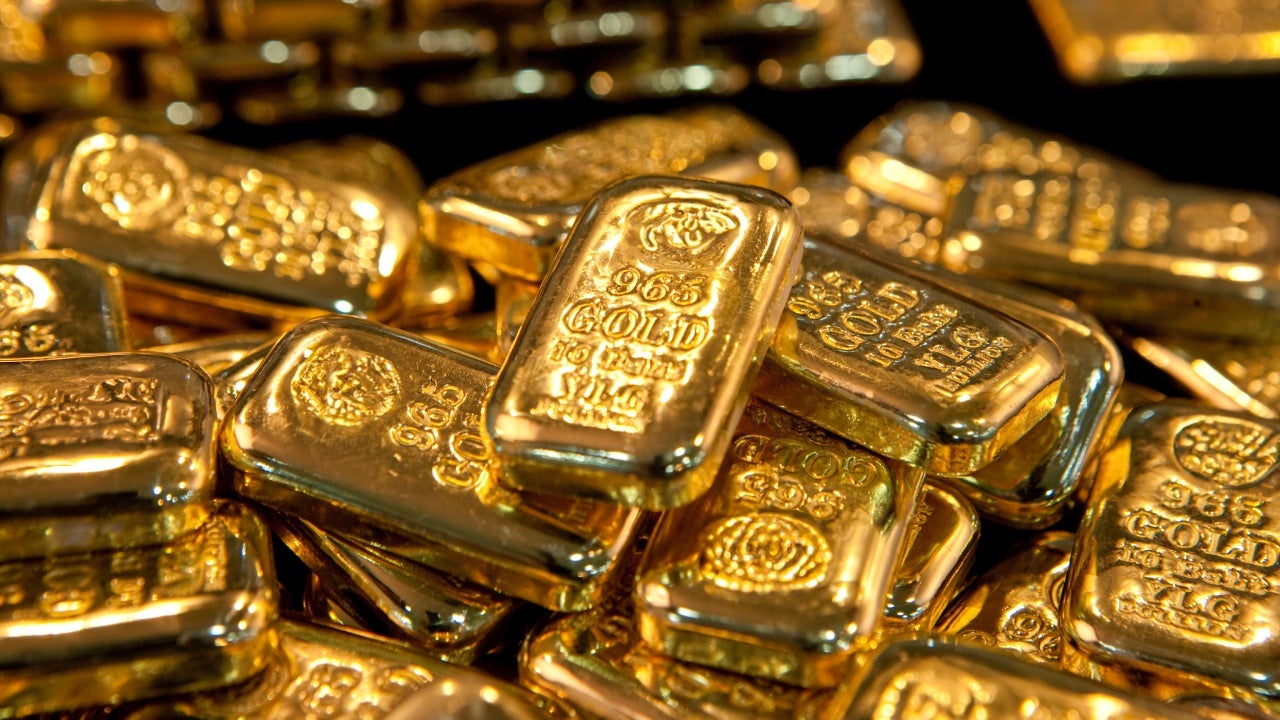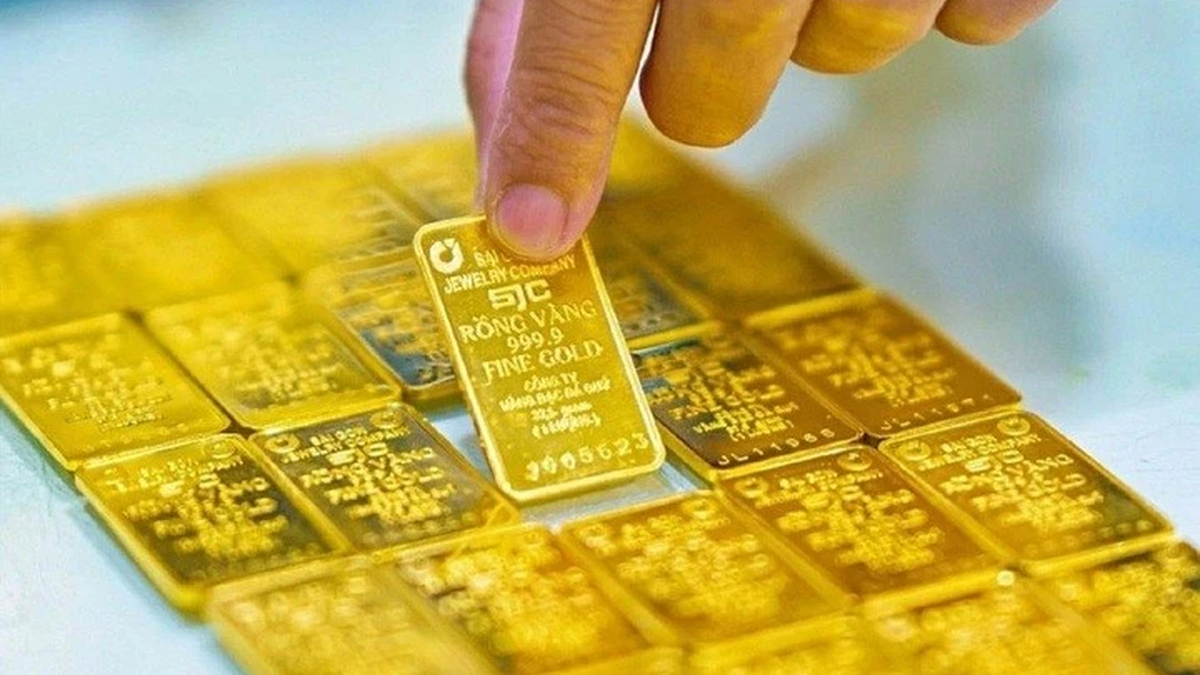The global financial chessboard in the first half of this year has been marked by two polar opposites: cautious optimism in the stock market and a near-crazy gold rush. Investors are torn between the fear of missing out (FOMO) from the stock rally and the fear of an uncertain future that is urging them to seek safe havens.
After a devastating plunge in April amid fears of a new tariff war, the US stock market has staged a spectacular comeback, regaining all its lost ground. But that joy is as fragile as morning dew. Is this the start of a sustainable growth cycle, or just an elaborate “bull trap” in a long-term bear market?
Meanwhile, gold, the precious metal that many consider to be old-fashioned, is shining brightly, up nearly 30% this year alone and constantly setting new highs. What is really going on? Let's listen to the analysis of two leading minds in the industry for a comprehensive and insightful view.
Stocks - a breathless race to the threshold of destiny
Real rally or just a hoax?
Willie Delwiche, a veteran with more than two decades of experience as an investment strategist at Baird and now running research firm Hi Mount Research, offered a chilling warning: “Don’t celebrate yet.”
“The market is caught between two investor emotions,” Delwiche said. On the one hand, the strong recovery has sparked hope. On the other, the specter of a “bear market rally” still lingers. History has shown that such temporary bounces can be extinguished by a few negative headlines.
The S&P 500's journey this year is a prime example of this wild swing:
February peak: Index sets new record at 6,144.15 points after dovish signals from the US Federal Reserve (Fed).
April abyss: President Donald Trump's announcement of tariffs pushed the market to the brink of a bear market, with a nearly 20% drop from its peak.
May Recovery: As tariff plans were adjusted and delayed, the market regained balance.
Stuck now: Since then, the S&P 500 has failed to make a new high, suggesting that the upward momentum is running out of steam.
“We’ve seen big declines, followed by big rallies that stop just short of a new high, and then the market goes down for months,” Delwiche said. “So breaking through that high and making a new high would be the clearest sign of real market strength.”
According to him, the market is stuck in a sensitive trading zone, above is the psychological resistance level (the old peak of nearly 6,200 points) and below is the 200-day moving average (important support level of about 5,800 points). If this support level is broken, it will be a signal to end the recovery, opening up the scenario of returning to test the April bottom.
Unexpected bright spot from the international market
But it’s not all doom and gloom. Delwiche points to one notable positive: strength in international markets. Data shows that 55% of global stock markets hit new highs by the end of May, while the U.S. market lagged behind.
This has two important implications. First, it shows that the recovery is global, not just based on a handful of US “Magnificent Seven” tech stocks. Second, the lead from international markets is a phenomenon that investors have not seen in nearly a decade, signaling a potential structural change.
Still, the biggest risk, according to Delwiche, is the market’s vulnerability to macro news. “Markets are more headline driven than ever,” he concludes. This uncertainty is fertile ground for gold to rise.

Global stock markets have been rocked by Mr Trump's tariffs (Photo: AP).
Gold – The fever in uncertain times
Record after record
If stocks are a story of struggle, gold is a story of breakthrough. With gains of nearly 30% in 2025 and more than 44% over the past 12 months, gold is delivering annual returns many times higher than its historical average (less than 8% from 1971-2024).
Many fear a deep correction after the hot rally. But George Milling-Stanley, chief gold strategist at State Street Global Advisors and one of the creators of the world's largest gold ETF (GLD), has a bold prediction: "Gold prices will regularly break new records between now and the end of the year."
Why is gold going up? It's not because of inflation.
A common misconception is that gold increases in value due to high inflation. Milling-Stanley, with nearly 50 years of experience, dismisses this view. He explains that gold is only really an effective hedge against inflation during periods of sustained high inflation (at least two years of price increases of more than 5% per year), which has not happened since the 1970s.
So what is the real driver? It's uncertainty.
“The world is still in turmoil, from geopolitical tensions to big questions about interest rate policy and the macro economy,” he said. “In such uncertain times, I always choose gold and that choice has never let me down.”
New price "floor" and potential explosion to 3,900 USD
Most importantly, according to Milling-Stanley, gold appears to have established a new, solid “floor” above $3,000 an ounce, a huge jump from last year’s floor of $2,000.
From this solid base, he offers two scenarios:
Baseline scenario: Gold prices could correct slightly and consolidate in the $3,000-$3,500/ounce range, providing a solid foundation while other assets fluctuate.
Optimistic scenario: " We can break the resistance at $3,500 and maybe even go up to $3,900/ounce."
If the bullish scenario plays out, gold could rise more than 15% from current levels – a staggering figure after two years of meteoric gains.
Everlasting Value: Why Gold Should Always Be in Your Portfolio
Milling-Stanley emphasizes that owning gold is not just for profit hunting, but also for its silent but invaluable defensive values:
Superior diversification: Gold has “nearly zero correlation” with both stocks and bonds, giving your portfolio more stability when markets fluctuate.
Shield in crisis: History has proven, from Black Monday in 1987, the dot-com bubble in 2001, the financial crisis in 2008 to the pandemic in 2020, when stocks collapsed, gold always shined.
Benefiting from a weak USD: The USD has depreciated significantly this year, giving an additional boost to gold prices.
Ultimately, he asserted: “I think people are still looking for gold for protection rather than wanting to sell to lock in profits tomorrow or next week.”

According to experts, now is the time when gold is most highly valued to add to an investment portfolio, helping to diversify risks and protect assets from market fluctuations (Photo: Getty).
Advice for Investors: Navigating the Storm
The current market picture is complex but clear: uncertainty is pushing smart money to the safe haven of gold, while the lure of returns is keeping some investors in the risky stock market. Based on the analysis of two experts, here are the strategies you should consider:
With stocks, "fasten your seat belt"
Extreme caution: Don't let the rally fool you. Accept the possibility that this is a "bull trap."
Watch Key Levels: The S&P 500 must break above 6,200 to confirm an uptrend. If the index breaks below 5,800, prepare for a bearish scenario.
Expand your vision globally: Don't overlook the potential of international markets that are driving growth.
With gold, consider it "insurance" for your portfolio.
Allocation: Think of gold as a hedge, not a speculative instrument. A small percentage of your portfolio can make a big difference.
Understand the price drivers: Don’t buy gold because you think inflation will drive prices up. Buy because geopolitical and macroeconomic uncertainty remains high.
Prioritize real assets: Consider owning physical gold or reputable gold ETFs instead of mining stocks, which can be more volatile than the price of gold.
In a world dominated by sensational headlines and rapid change, keeping a cool head, sticking to a well-researched strategy and understanding the nature of each asset class is the key not only to survival, but to winning.
Source: https://dantri.com.vn/kinh-doanh/xu-huong-co-phieu-va-con-sot-vang-kich-ban-gay-soc-nua-cuoi-nam-nay-20250608113250091.htm

































































































Comment (0)